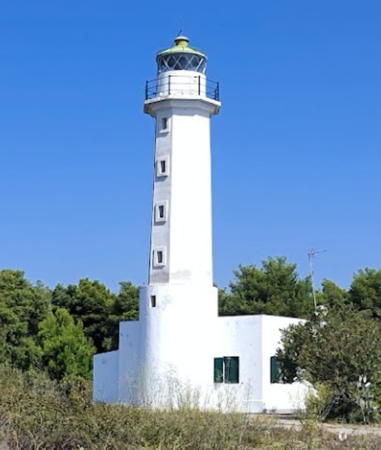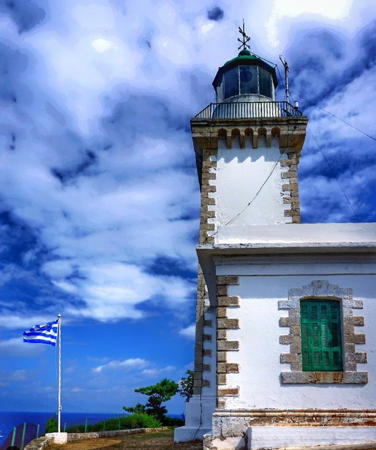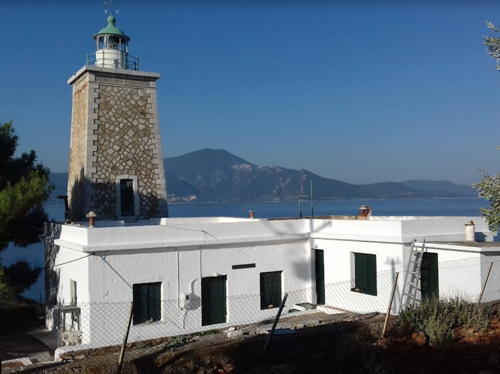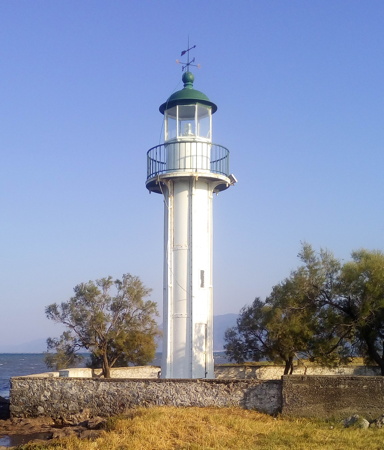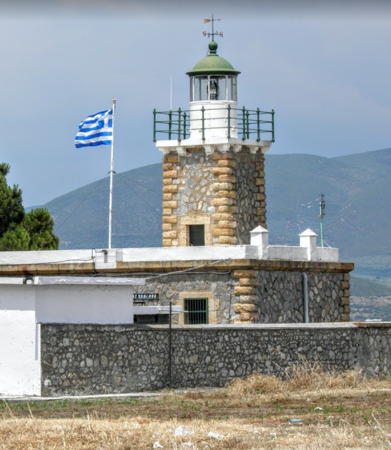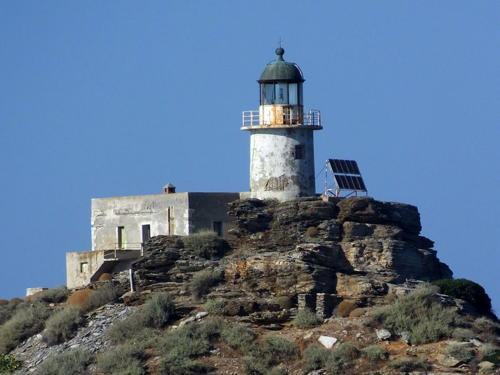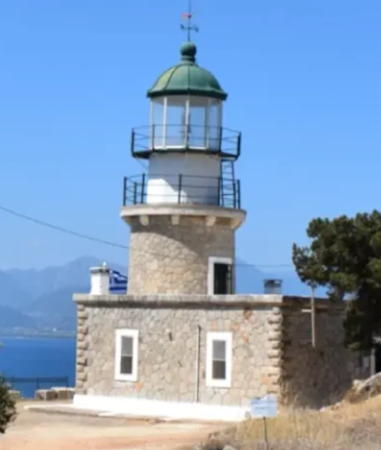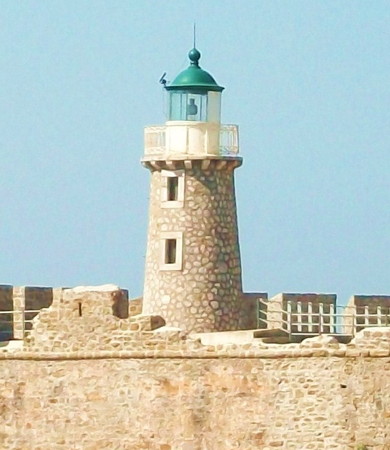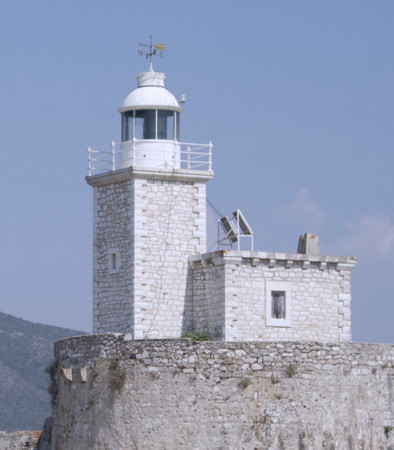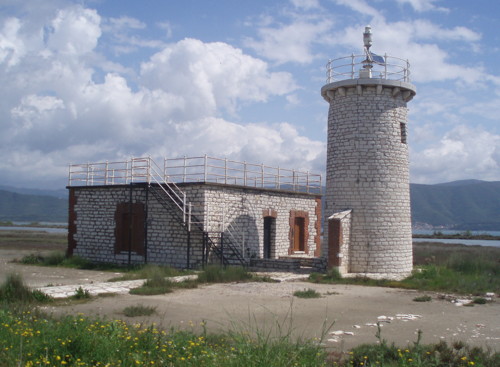The nation of Greece occupies a complex peninsula at the southeastern corner of Europe plus a large number of islands in the Aegean Sea to the east and the Ionian Sea to the west. The name Greece is of Roman origin (Graecia in Latin); the traditional name of the country is Hellas (Ἑλλάς) and its official name is the Hellenic Republic (Ελληνική Δημοκρατία, Ellinikí Demokratía).
The modern Greek nation is a relatively recent creation. After several centuries of rule by the Ottoman (Turkish) Empiresouthern Greece won its independence in a bitter struggle during the 1820s. When its independence was recognzied in 1830 Greece included the southern half of the Greek Peninsula plus the islands of the Cyclades. The nation expanded northward in several steps. Thessaly became part of Greece in 1881, Epirus and Macedonia were added after the Balkan Wars of 1912-13, and West Thrace became Greek in 1920. following World War I.
Greece is divided into thirteen administrative regions called periferies (περιφέρειες) and the periferies are subdivided into districts called regional units (enótites, ενότητες). This page covers lighthouses of mainland Greece north of Attica (the Athens area) and the Gulf of Corinth, including the regions of East Macedonia and Thrace, Central Macedonia, Thessaly, Central Greece, Epirus, and the portion of West Greece north of the Gulf of Corinth. This includes the lighthouses of Euboea, a large island barely separated from the mainland, and several smaller islands of the northwestern Aegean attached administratively to Thessaly or Central Greece. Lighthouses of Attica, Peloponnese, and the southern part of West Greece are on the Southern Greece page. There are separate pages for the Ionian Islands, for Crete, and for the Aegean Islands.
The Greek word for a lighthouse, pháros or fáros (φάρος), is the root for the words for lighthouse in many Western European languages. In Greek nisi is an island, ýfalos is a shoal or reef, akrotíri or ákra is a cape or headland, kolpós is a bay or gulf, ekvolí is an estuary, potámi is a river, and limáni is a port or harbor.
Lighthouses in Greece are maintained by the Hellenic Navy Lighthouse Service.
ARLHS numbers are from the ARLHS World List of Lights. Admiralty numbers are from volume N of the Admiralty List of Lights & Fog Signals. U.S. NGA List numbers are from Publication 113.
- General Sources
- Lighthouses of Greece
- A comprehensive site posted by amateur radio operator Pavlidis Savas (SV2AEL); it includes data and photos for 120 traditional Greek lighthouses.
- Lighthouse Service - Photographs
- A large collection of unlabeled (!) photos of lighthouses.
- Online List of Lights - Greece
- Photos by various photographers posted by Alexander Trabas. Many photos for Greece are by Eckhard Meyer.
- Lighthouses in Greece
- Aerial photos posted by Marinas.com.
- Lighthouses in Greece
- Photos by various photographers available from Wikimedia.
- World of Lighthouses - Greece
- Photos by various photographers available from Lightphotos.net.
- Greece Lighthouses
- Photos by Larry Myhre.
- Leuchttürme an der griechischen Küste
- Photos by various photographers posted by Bernd Claußen.
- GPS NavigationCharts
- Navigational chart information for Greece.
- Navionics Charts
- Navigational chart for Greece.



